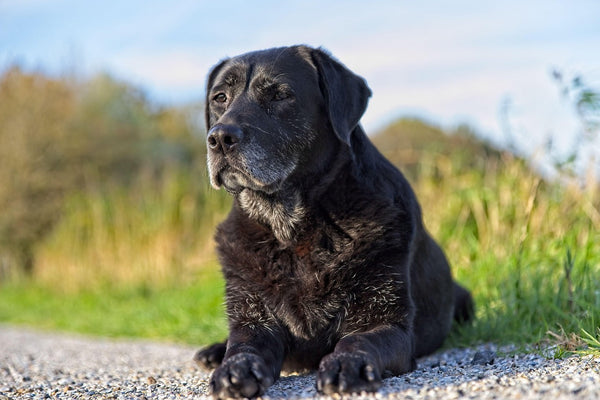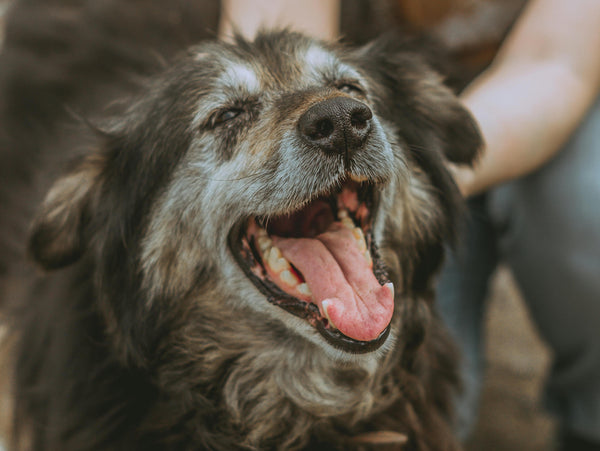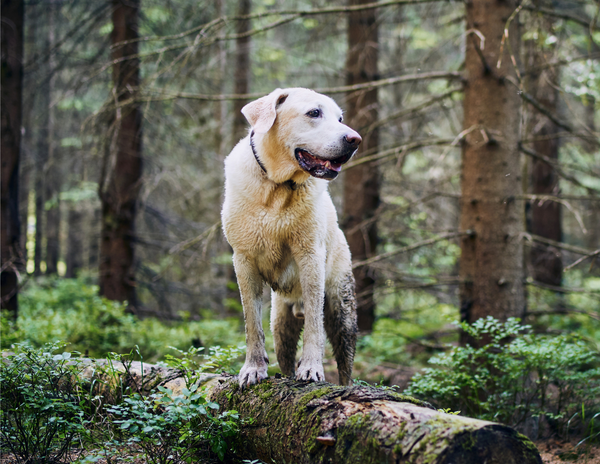Keeping tropical reptiles and amphibians during the summer months is a fairly simple ordeal, especially here in Calgary. Temperatures tend to be more stable both inside and outside our dwellings, and the moisture content in the air is higher. When the cooler temperatures arrive, those moisture levels drop, and we experience more swings (temperature and humidity) within our homes as heating turns on and off throughout the day. This means we may need to change things up a bit with our care regimes for our cold-blooded friends to keep their environment consistent.
Temperature:
That 13-watt UVB bulb may have offered enough passive heating during the warm months for your geckos, but where you keep your room temperature during the cold season will affect the temperatures of your tank and what that bulb can really bring the temperature up to. The first thing to be sure of is that you’re getting an accurate read on the temperature of the tank. To accurately get a read on temperatures, we recommend using a digital thermometer for ambient air temperature; if you keep species that enjoy basking, an infra-red temperature gun is awesome for keeping an eye on basking-surface temperatures. Once you know what your temperature is sitting at, you can make any changes you need, whether that’s adding a low wattage heat bulb or an under-tank heat mat to help boost ambient air temperatures (this can also help raise humidity through evaporation). Once you have your setup re-configured and ready to go, we also recommend using a thermostat. A thermostat allows you to hook up your heating equipment to a controller that monitors temperatures and will turn things off and on when needed to keep the environment stable and where you have the temperature set. A thermostat will also allow you to keep any of your new heating equipment on the tank year-round, as it will maintain what you have set so you don’t need to change things up during seasonal shifts.
Humidity:
If you mist your tank manually, you’ll find that the amount and frequency you mist daily tends to fluctuate even more once snow hits the ground. The easiest way to reduce frequency is to cover half of the cage top; keep in mind this also reduces ventilation. A couple ways to cover the tank are with saran wrap or other materials to help reduce the escape of humidity. Tin foil can trap humidity and also deflect some heat back into the tank. When using this method, it is important to have a good digital hygrometer as the reduced airflow can create humidity spikes and mold issues. The best way to keep humidity consistent is by using a hygrostat and automatic misting or humidifying systems. This will ensure you don’t have to mist the tank multiple times a day, and again will allow you to keep any humidifying additions on the tank through the warm months and still receive consistency in your ranges.
If you want to keep your tech to a minimum, you could go with a system like the Zoo Med environmental control system that can monitor both temperature and humidity for you and activate those devices when needed. If you have a lot of desert species and find it easier to raise the whole temperature of your house or a room but have a few tropical species who may not take the extra heat well, than a cooling unit may be just what you need.
All in all, it’s important that we keep our reptiles’ and amphibians’ homes consistent. Since they are cold-blooded and have sensitive respiratory systems, large shifts in temperature and humidity can cause large amounts of stress. This stress can lead to drastic changes in appetite, health issues or illness, and can even be fatal. So be sure to monitor your tanks as we shift into new seasons, and change things accordingly to ensure the happiest and healthiest pets possible!




